5 Homesteading Myths that keep you from the Good Life
People have different reasons to quit City Life and embrace life in the country. Read this article to challenge the Top 5 Homesteading Myths.
When I was a kid I watched “Hee Haw” and laughed at the country life. It all seemed to be “Gloom, despair, and agony” to me. Who would want to live like that?
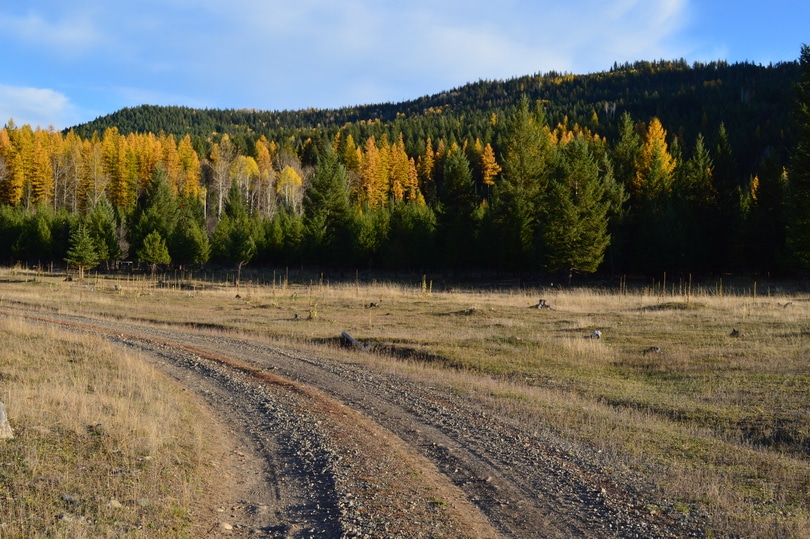
Then I discovered that I wanted to raise my own food and control the quality of what I fed my family. I wanted to cut out chemicals that were damaging my family’s health. I wanted to live a more satisfying, sustainable, self sufficient life, exempt from recreational shopping. Now we joke about “Gloom, despair and agony on me” and laugh at some of the myths that the media tosses around about life away from the city.
Read this article and you’ll have an answer for your MIL or your best friend who’s trying to stop you from leaping the Good Life, doing what you love, where you want to live.
Homesteading Myth #1. Homesteaders are doomsayers.
People have different reasons to quit City Life and embrace life in the country. Some homesteaders are in the country because they are fearful. They spend their time in emergency preparedness instead of building their assets on a homestead. Their game plan is survival not thriving. But you don’t have to do it that way. And definitely don’t buy a year’s supply of dried food! No one eats that stuff. ☺
Homesteading Myth #2. Rural life is isolating and lonely.
Rural neighbours are your closest allies. In the city, you nod when you pass someone in the hall. In the country, you wave at strangers and invite them in for coffee. There are seasons when neighbours are working hard and you don’t see much of them — like during haying. Other times you see them almost every day if you want to.
If you need them, they’ll drop what they are doing and be there for you. And you’d do the same for them. In rural areas, you don’t depend on the government to fix things — you do it yourself.
And your rural town needs you. In the city, you can volunteer and your contribution is just one of a thousand. If you didn’t show up, no one would miss you. In the country without you, it isn’t going to happen. Volunteers make things happen in the country — from choral to theatre, to arts events, to beautification projects, charity drives, church and sports. And people appreciate every contribution that makes their life more beautiful and fulfilling.
Homesteading Myth #3. You can’t make a living on a homestead.
It was difficult 20 years ago to actually make a substantial income in rural areas. You had to rely on your neighbour to buy from you. Where everyone is practising self sufficiency it might be difficult to find a customer for your product. Lots of businesses specialized in two or three different niches to make a go of it. But since rural life helps you be self sufficient, you didn’t need as much income to thrive, either.
Today it’s a whole new venture. With the internet connecting the world to your homestead, the possibilities for a successful venture have changed. You can make a comfortable living and even thrive from your homestead — doing what you love where you want to live. It starts with a business plan. Don’t leave the city without one.
Homesteading Myth #4. To be self sufficient you need to live off the grid.
Sometimes living off the grid is a better choice — where the power company is a long way from you and it’s going to cost thousands to bring the poles close enough to connect. But it’s not an essential ingredient to the homesteading lifestyle.
We are attached to the grid, along the main highway. Our power comes from hydro, so it’s clean and renewable. We’re happy with that. We live in an area that gets only 8 hours of sun in the winter and little dependable wind. I’m not into noisy, gaseous generators although we have friends that are off grid, not too far from us that have solar panels and a gas generator.
First, you pick your land and then you build what you need — every homestead is different.
Homesteading Myth #5. 2 hours a day — bread labour — is all it takes.
This myth was perpetuated by Helen and Scott Nearing in their book, “The Good Life”. They did more than 2 hours a day of bread labour — they built their own home, fenced, tapped maple syrup, planted two gardens and wrote books. Read the book — it’s a good treatise on what life was like for a homesteader 70 years ago.
The Nearings were vegetarians and didn’t raise animals, but they did buy milk and eggs from neighbours. Raising animals is more work than growing vegetables. To be successful you need to live in an area that is conducive to growing lots of vegetables — California? Mexico?. And it can take years to build up the soil, without manure, so that it will sustain a family — especially on the Canadian Shield. Animals thrive in conditions where grass grows but veggies struggle. And animals improve the soil and the quality of the forage that they eat.
Plan to work full time on your homestead and you won’t be disappointed in the Good Life. It’s a lot of work. But so is commuting for 3 hours every day and working 9 to 5, in a job that crushes your creativity and kills your spirit. In the country, you’re in charge of how you spend your day and whether or not you are satisfied with your home, your wood supply and your winter food storage. Some seasons you work longer than others. And the work is satisfying to both body and spirit.
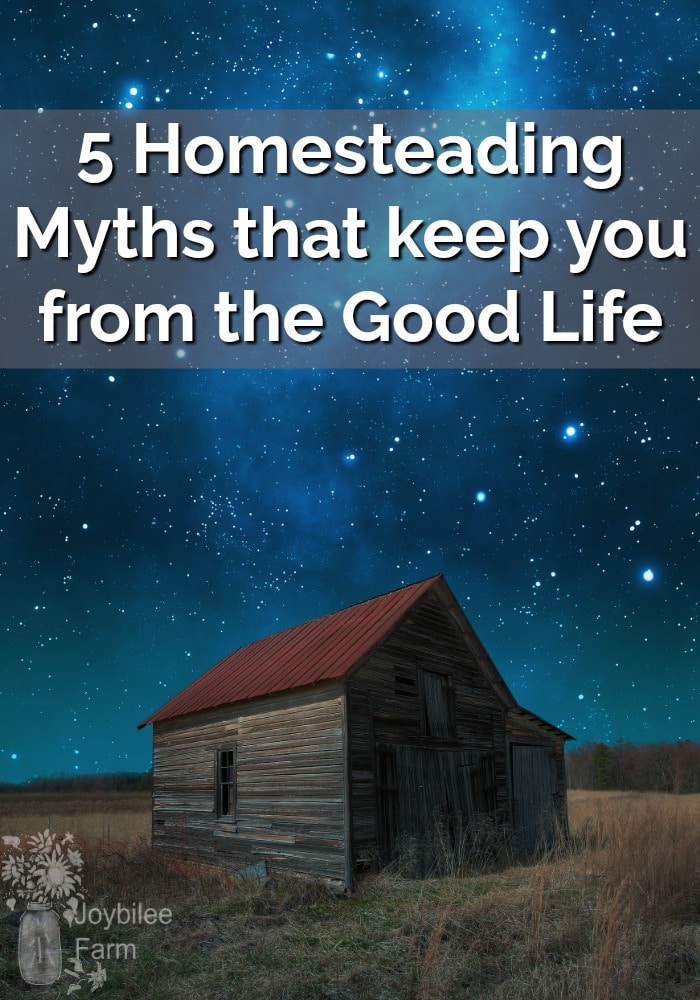
What myths of Rural Living did I miss? Anything you can add? Leave a comment.


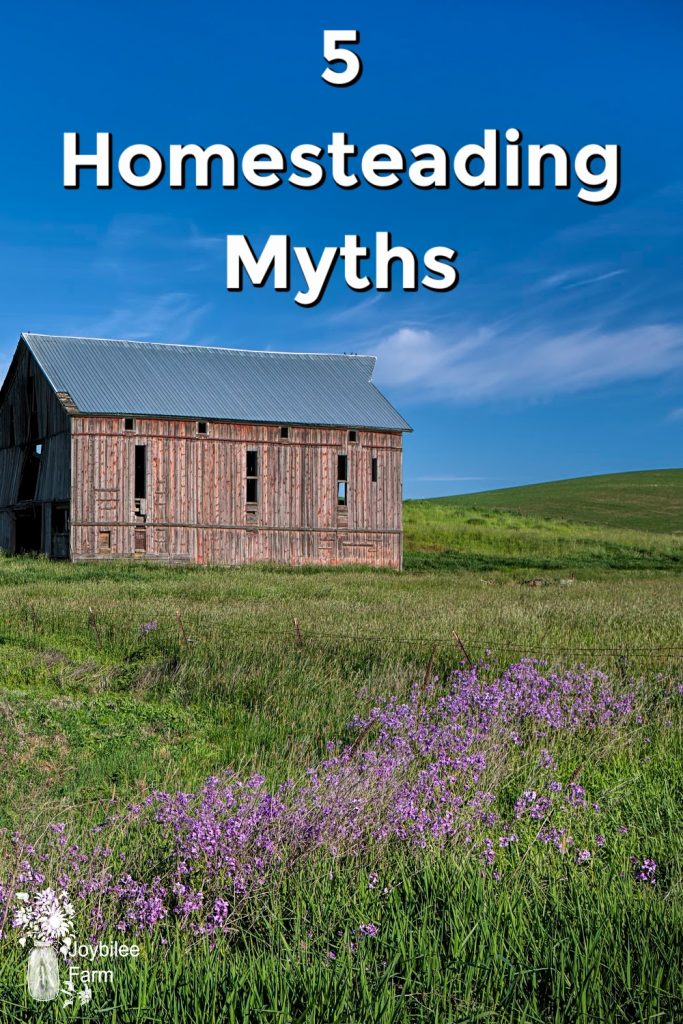
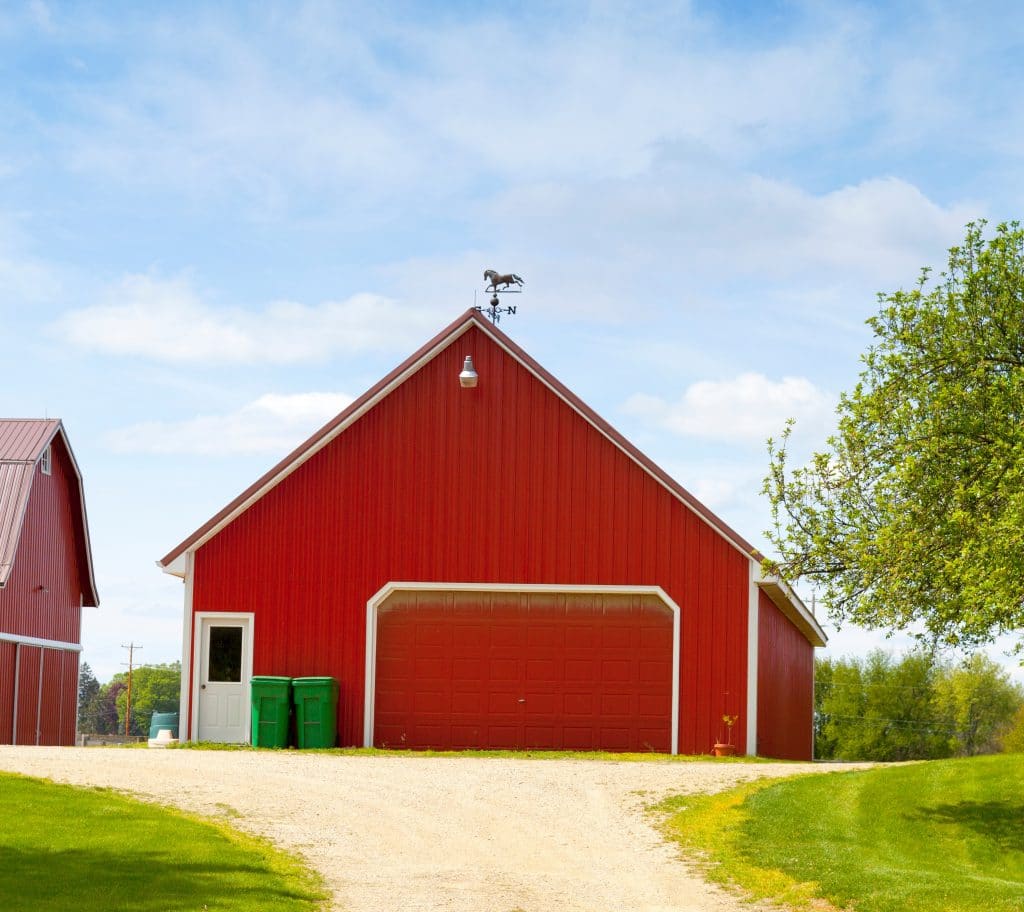
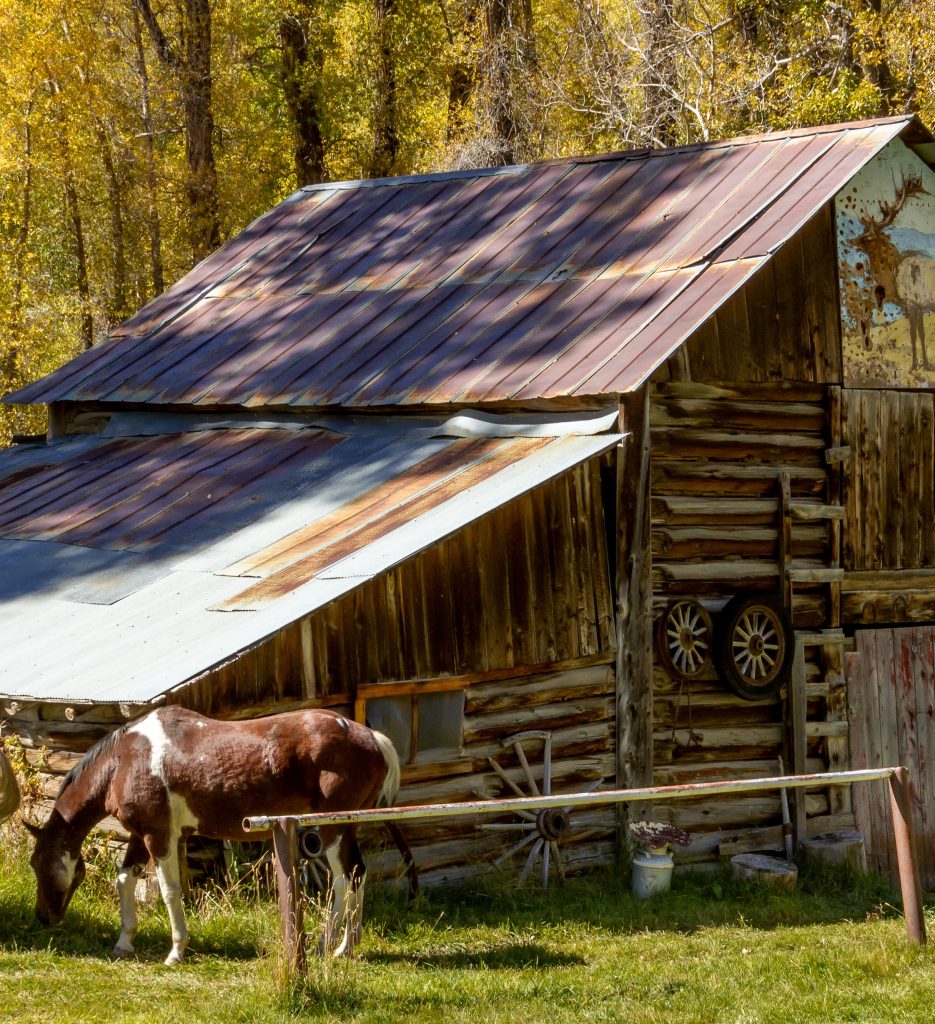

Great articles here, I think you might like the site permies.com ;).
You’ll find plenty of info there on growing food in all sorts of regions without having to “take years to build up the soil, without manure, so that it will sustain a family”. I think you’ll be pleasantly surprised at all the incredible homesteading resources there.
Cheers.